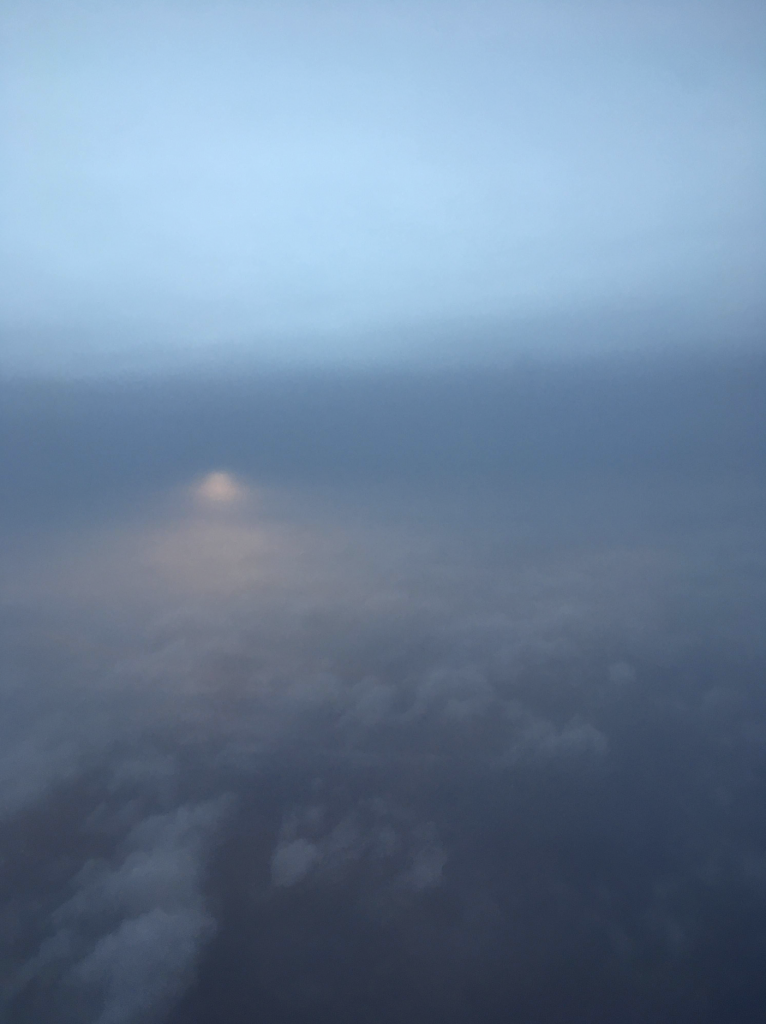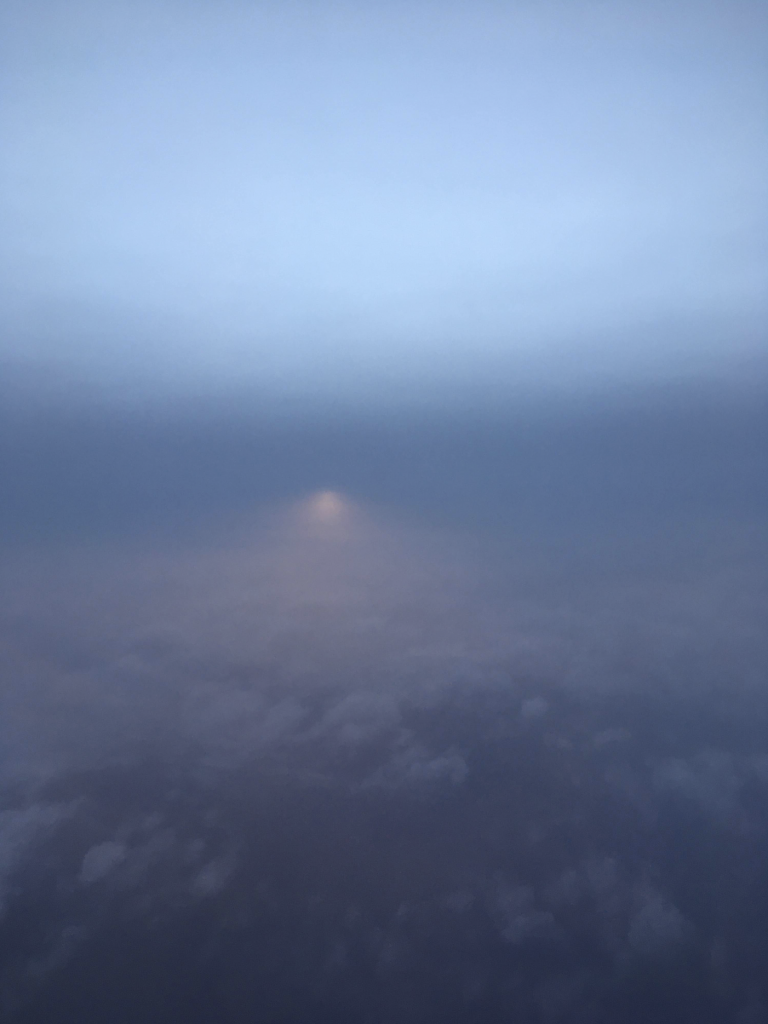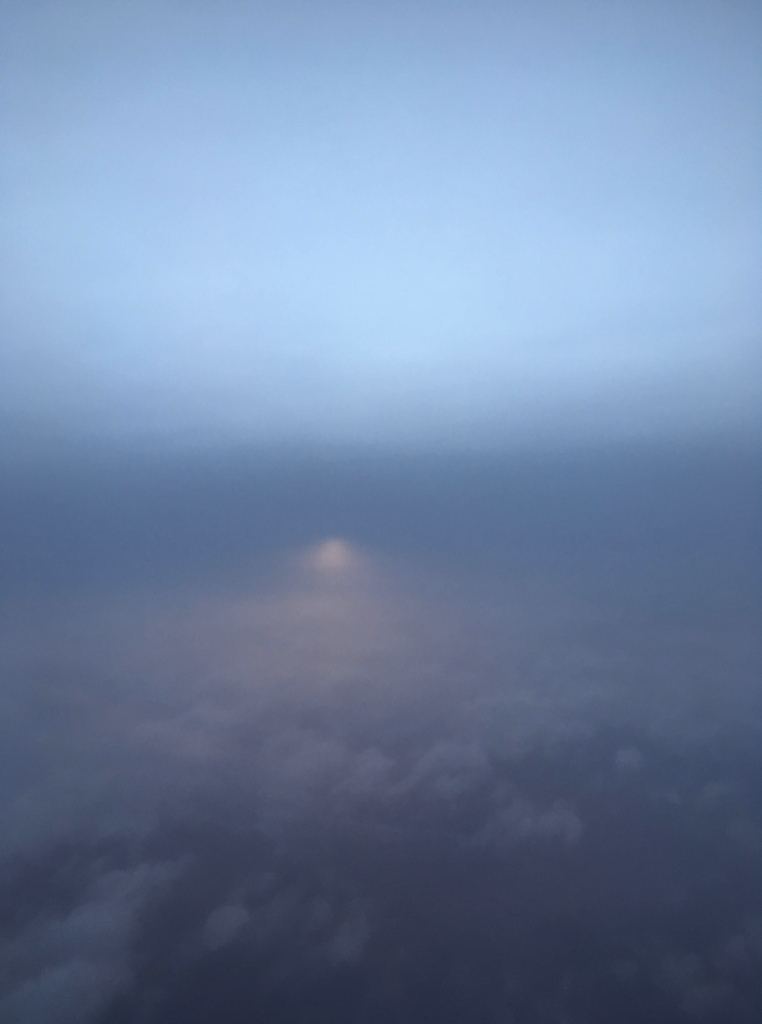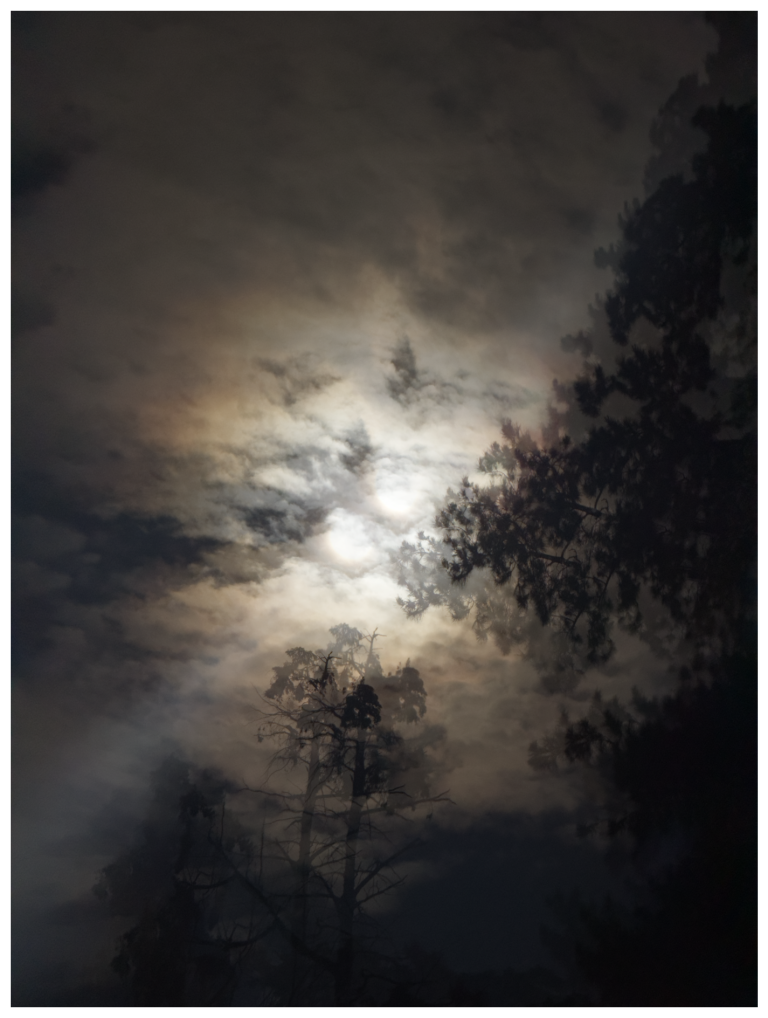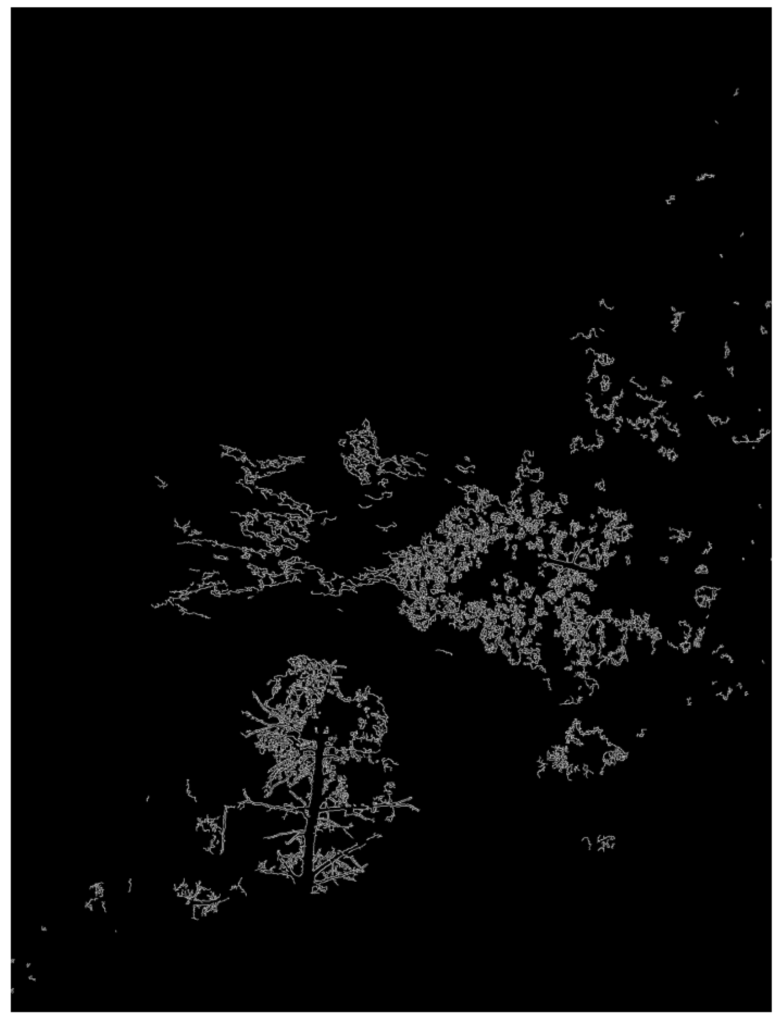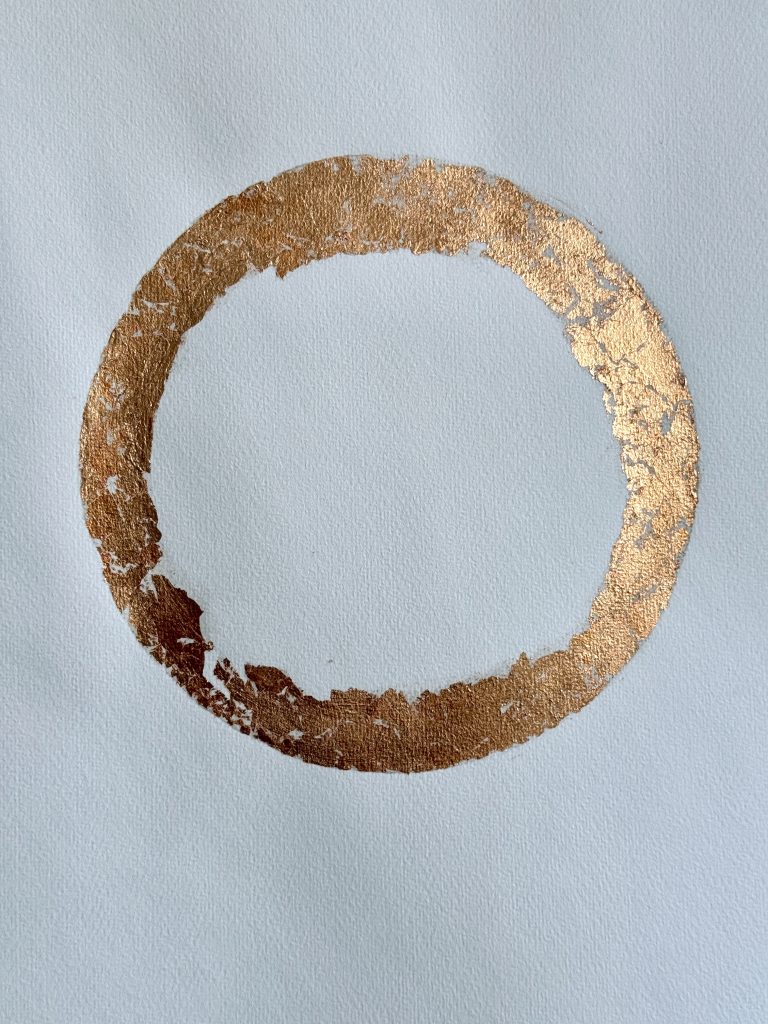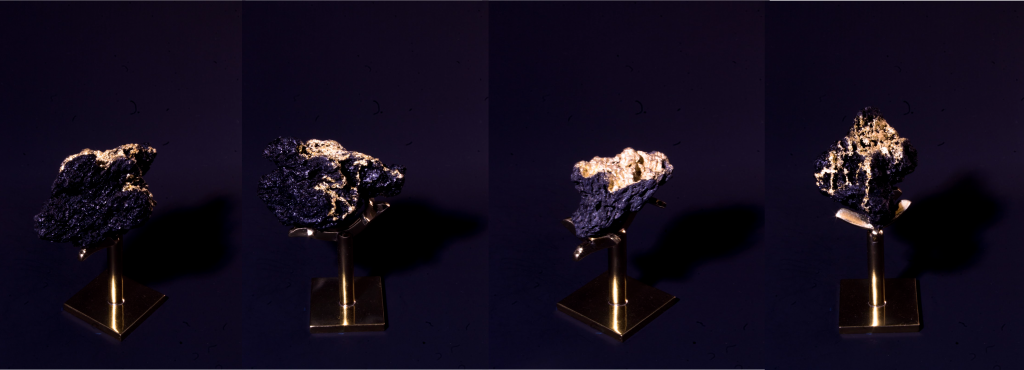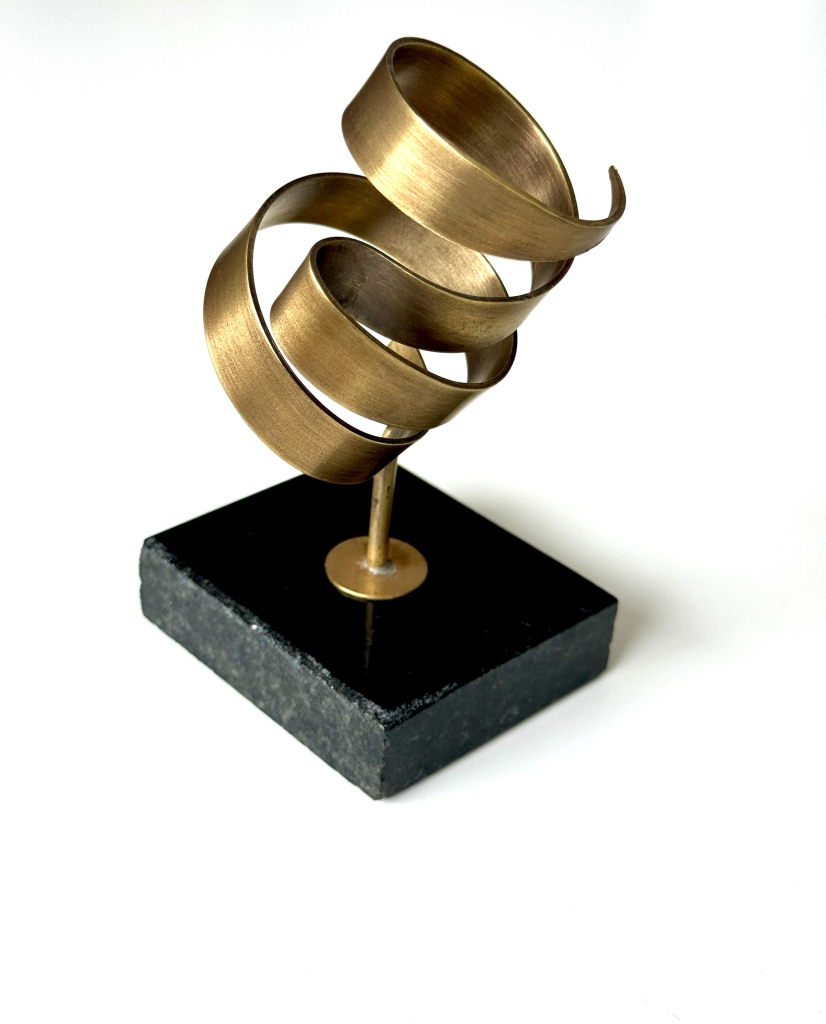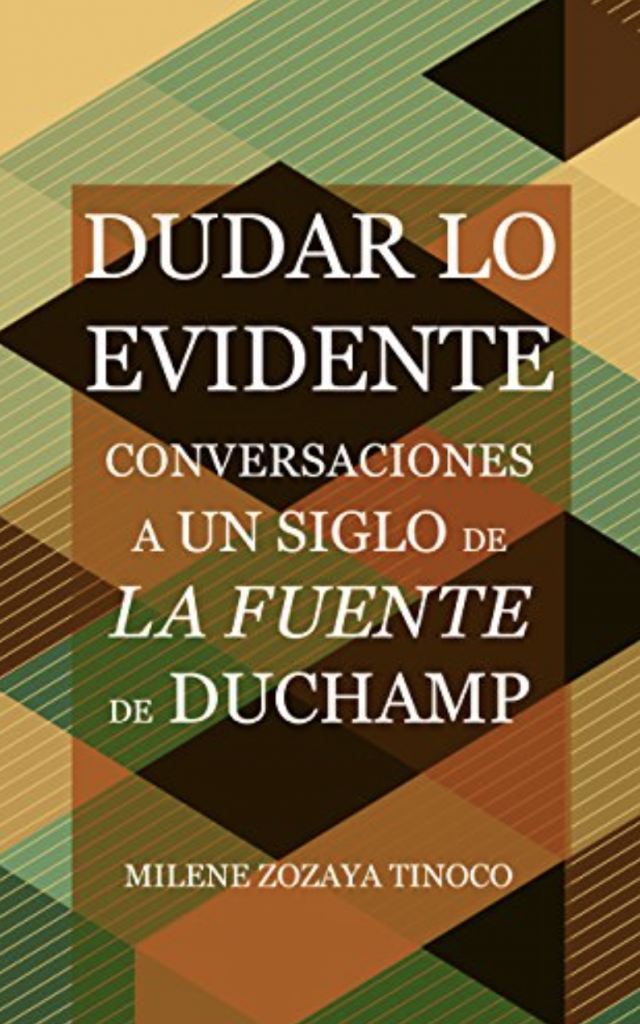Through five international interviews with specialists from various disciplines of art theory, this project opens up the possibility of reflecting on the relevance of the iconic modern artwork “The Fountain” by Marcel Duchamp (1917):
Introduction by Mylene Zozaya.
- Matthew Affron: Curator of the Philadelphia Museum of Art, which houses the largest collection of works by M. Duchamp. [U.S.A.]
- David Campany: Image theorist. [U.K.]
- Kathrin Becker: Art historian and curator specializing in video art. [Germany]
- Horacio Zabala: Visual and theoretical artist. [Argentina]
- Tania Aedo: Multimedia curator. [Mexico].
Introduction by Mylene Zozaya.
